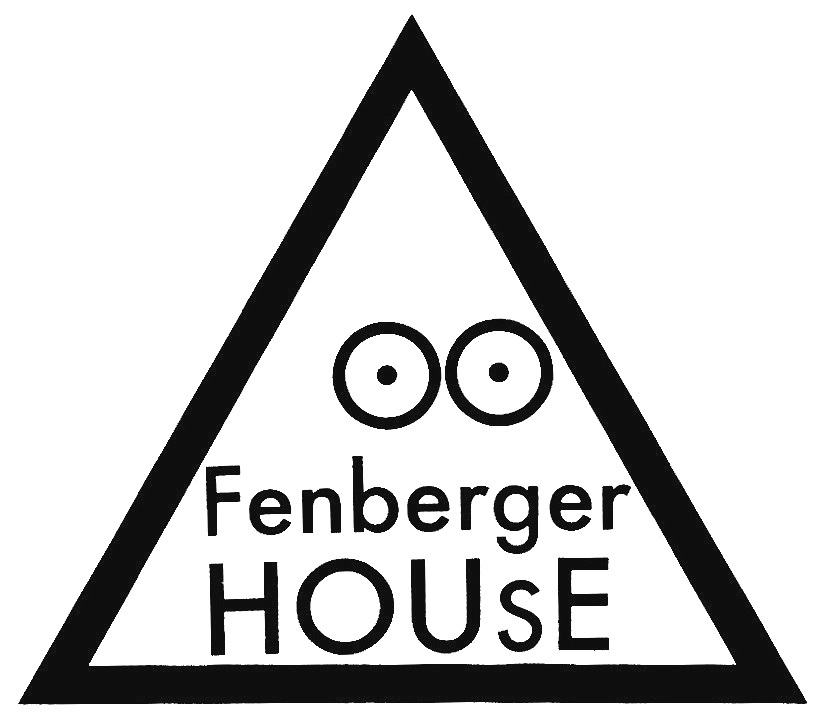UBIA (short for Uchuu Bijutsu Academy is Japanese for Academy of Cosmic Arts) operates as a workshop using art to alter consciousness and explore non-linear states of being. We use the term [cosmic consciousness] to refer to altered states of consciousness. In 1901 Richard Maurice Bucke, an American psychologist, wrote a book titled ‘Cosmic Consciousness’. This was one of the first attempts to gather these intense experiences together from many different cultures and times. The book includes accounts from religious saints and mystics, but also includes artists and ordinary people. He called these experiences ‘Cosmic Consciousness’, pointing to the trans-personal nature of the experiences that seemed to expand a narrow view of self as ego and re-connect human beings to wider, complex fields of relation. These experiences may help us to become aware of the toxicity and limits of our present socio-economic condition (the root causes of climate and other crises), and show us ways to resist and change them. We see the potential of human beings to alter consciousness in different ways as an important political act of inquiry. By this I mean that our human capacity to accommodate different states of consciousness reflects our capacity to also re-think how power can be ordered and ask questions about what kinds of societies we want to live in. Non-linear experiences points to an expansion of our ordinary rational waking states to embrace multiple, ambiguous, risky, weird or joyous, experiences that lie on the margins of our techno-efficient-economic society.
deep listening during a workshop for people with hearing loss, 2018
A multi-arts approach is taken, using visual art, music, dance as well as technology and nutrition. Workshops cover deep attentional practices looking at art works alone and in groups, deep listening, movement, ritual, re-enactment, breathing techniques and sound-light theatre. The remit is to activate art works through a variety of methods. This requires commitment and motivation from participants. This kind of approach to art is experimental and exploratory. UBIA is different to traditional art museums which tend to show us examples and artifacts, maintaining a distance between viewer and art object. What we are interested in is thinking about art as medicines which can change our physiology and psychology. Art can be a potent machine trigger to transform energy from one state to another. UBIA explores the human body as an infinite intersection of energies always opening towards the cosmos. Art is a powerful force that connects many different energies together. UBIA is a workshop where we can explore these connections with other bodies, nature, technology and the cosmos. We also see the workshops as training our bodies and minds for living in an increasingly disrupted world, exacerbated by climate crisis. UBIA can also be seen as a tool within what Jem Bendell calls [Deep Adaptation], together thinking through ways that we can live amidst ecological and social collapse. Through these exercises we may begin to see and feel different ways of living to that of the individualist capitalist culture that surrounds us and make new connections, expanding ourselves as a basis for collective action.
I see UBIA working within a long line of pioneers and traditions both within and outside art. Some of the most relevant are: Surrealist explorations of the unconscious, Outsider art, psychedelic art and culture, sound-light theatre and shows, the contemplative practices of early Chinese landscape painting, classical Indian music and art, consciousness-raising practices, various deep breathing techniques, the ritual and movement practices of Anna Halprin and Lygia Clark, the attentional practices of TJ Clark and The Order of the Third Bird, the humor and tricksterism of Franz West, the critical collective dance spaces of David Mancuso and the cosmic visions of artists such as Yutaka Matsuzawa, Emma Kunz, Mark Tobey, Morris Graves and Agnes Martin.
Shankar Dome is a 30ft geodesic dome tent purchased as a kit from Pacific Domes. Events and workshops are held here.

